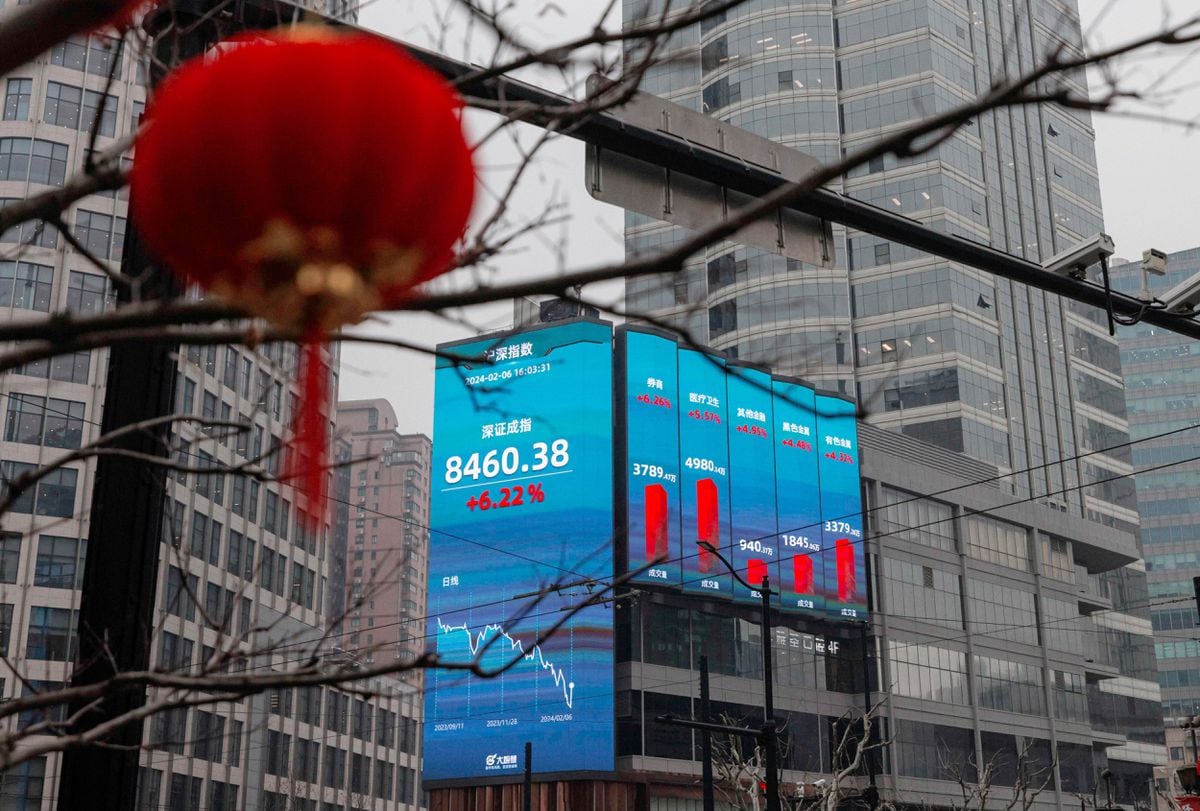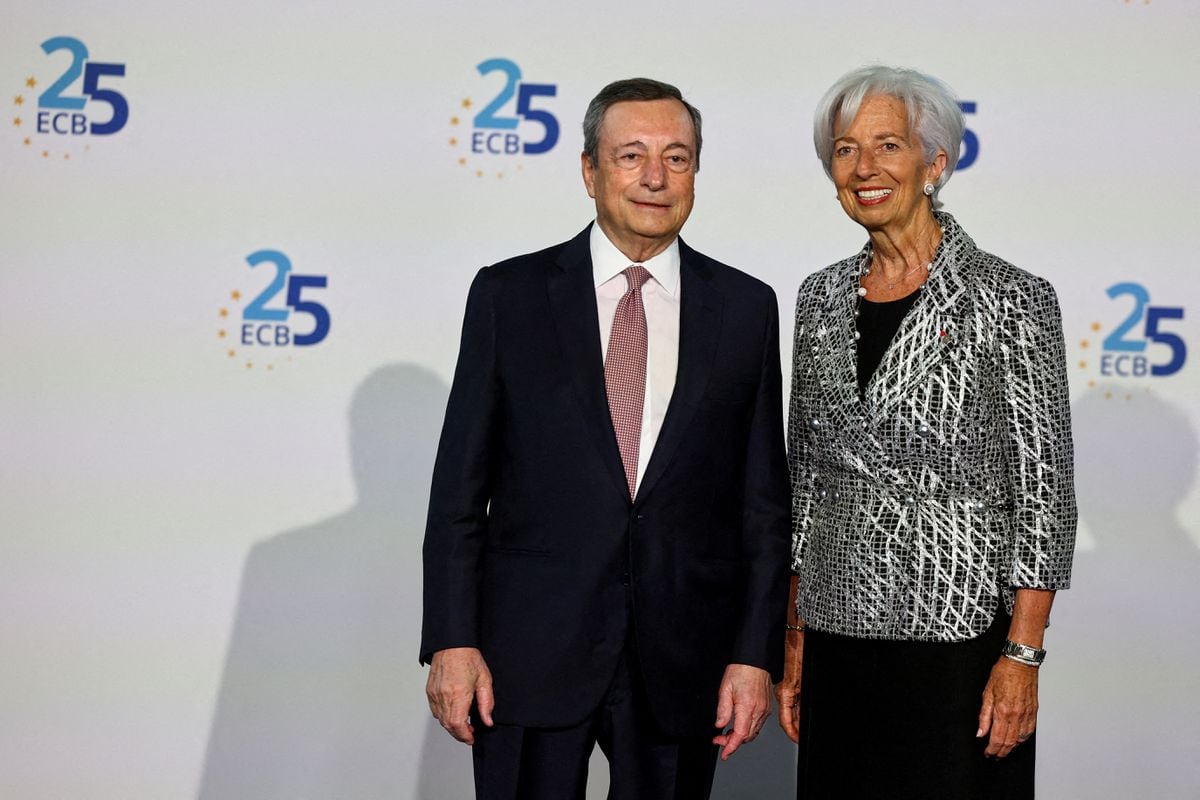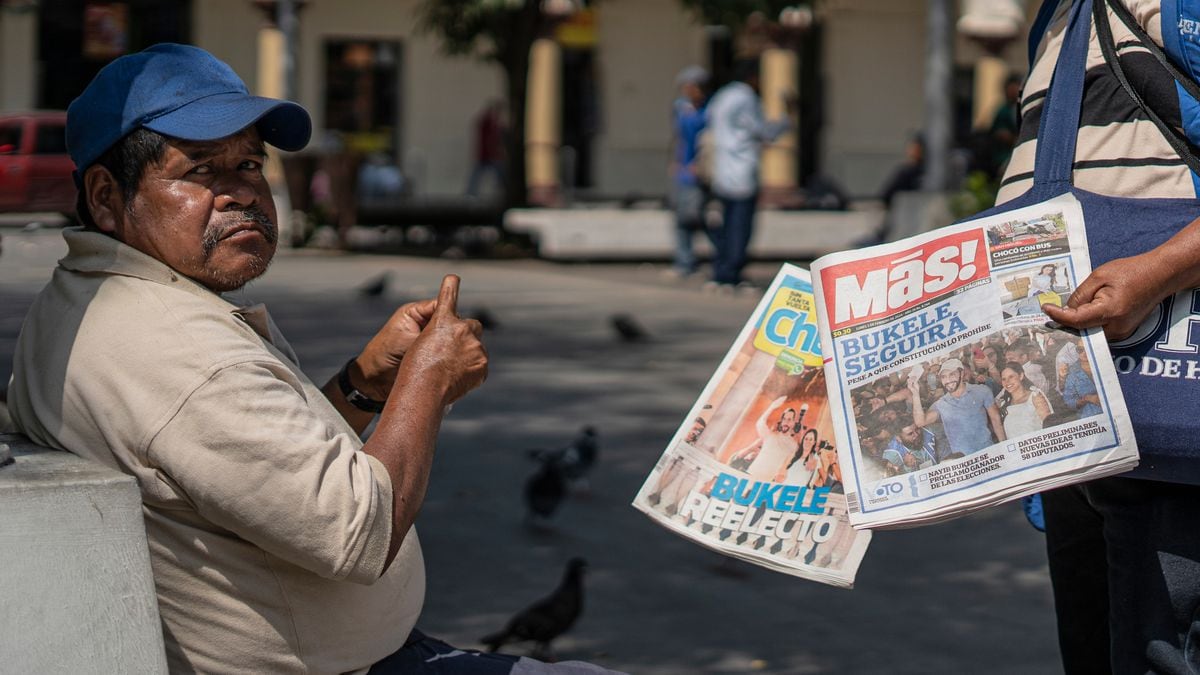Pedestrians walk through downtown Mexico City this summer.Nayeli Cruz
Mexico is too austere even for the International Monetary Fund (IMF), a traditional banner of a pair of scissors that it now advises against.
The stimuli announced by the Government in the face of the coronavirus crisis represent around 1% of GDP, when the average among emerging countries is 6%, points out a global report by the Fund published this Wednesday.
The agency has insisted, as it has been doing since the beginning of the pandemic, on the importance of public spending to overcome the doldrums, a thesis on which most experts agree.
Despite projections that predict a substantial increase in debt to 65% of GDP and a historic decline in the economy, the Mexican government maintains a course marked by austerity.
In its Keynesian turn, the IMF has reneged on the cuts policy and now encourages countries to spend.
The stimuli already represent 12% of the world economy at the cut of September, a total of 11.7 trillion dollars.
"In general, the fiscal measures deployed so far have helped mitigate the health and economic crisis (...), especially in advanced economies because fiscal support has been greater," reads the
Fiscal Monitor
report
.
Policies for Recovery,
biannual.
In the case of emerging economies, the agency acknowledges that the room for maneuver was lower due to higher financing costs.
Even so, the agency recommended Mexico last week to bring stimuli to a range of between 2.5% and 3.5% of GDP, well above the current level.
The macroeconomic package proposed by the Fund can drive growth of 4% in the medium term, according to its estimates.
The Government, on the other hand, has remained firm in its commitment to austerity.
The draft budget for 2021, presented at the beginning of September, foresees spending 0.3% lower than that approved last year and does not include extraordinary measures.
To justify the weakness of the stimuli, the Secretary of the Treasury, Arturo Herrera, has come to compare Mexico with the advanced economies.
"Today we do not have the margins of maneuver to have a fiscal stimulus program of the significance of those made in Spain, Canada, Germany," he said in an interview with this newspaper in April.
But the panorama published this Wednesday also leaves Mexico in a bad way compared to nations with a similar level of development.
Colombia has spent around 3% of GDP on both direct aid and loans.
Turkey, the country that has invested the least after Mexico in direct support, makes up for it with loans and liquidity injections that exceed 12% of its economy.
The Mexican response lags behind even the average expenditure among the poorest countries, which is 1.8% of GDP despite having even lower fiscal margins and high financing costs.
Experts agree that Mexico's margin, although narrow, was enough to show more muscle. "It does not have the fiscal space of Germany, but its debt level is lower than that of other emerging countries that have adopted more powerful actions," he says. Carlos Serrano, chief economist at BBVA in the Latin American country.
Fausto Hernández, a professor at Tec de Monterrey, acknowledges that an increase in spending would not have significantly altered the primary balance, the balance of public accounts before debt payment.
“In the last 20 years, Mexico has had a primary surplus of 1% on average, when 1.71% was needed to pay the debt.
With an additional debt of 3% for extraordinary support in the face of the crisis, the need would have risen to 1.74% ", he estimates." It was not unreasonable. Doing nothing could be worse in the medium term. "
The IMF highlights in its report the limits of the loan policy to animate the economy, the core of the Mexican Executive's strategy so far.
The credits, the agency warns in general, have had a "low adoption", which the Fund links to the "administrative limitations and conditionality" and the previous levels of private debt.
Mexico put loans of 25,000 pesos, about 1,170 dollars, on the table at soft interest rates, but the appetite has fallen short.
Until mid-June, when the window closed, loans had only been granted to 192,000 employers of the 645,102 eligible, less than a third, according to data from the Mexican Institute of Social Security.
“Credit does not solve your insolvency position because your income will be the same.
It helps you pay your payroll but you are not going to expand.
Postponing the payment of taxes would help, "says economist Juan Carlos Moreno Brid, from UNAM.
Despite spending restrictions and the government's refusal to take on more debt, the IMF expects debt to increase by almost 12 percentage points in 2020 to reach 65% of GDP.
This is a similar increase to other countries with much more robust anti-crisis packages.
Brazil, for example, has spent more than 8% on direct support and an additional 6% on liquidity injections.
Although its debt is more voluminous than that of Mexico - it will grow from 89% of GDP in 2019 to 101% this year - the increase is just one tenth greater than that of Mexico.
As the report points out, fiscal measures are not the only factor behind the general rebound in debt in emerging countries;
so are the reduction in tax revenues and the collapse of economic activity.
In the case of Mexico, a fall in GDP estimated by the IMF of 9% is compounded by the strong depreciation of the peso against the dollar, the currency in which a large part of the Mexican debt is denominated.
For Carlos Serrano, Mexico could end up in the worst of both worlds: off the hook from the stimulus strategy followed by the main economies and blessed by international organizations, without receiving the applause of the markets and rating agencies, who previously of this crisis had the fiscal rigor of the Governments underlined in red.
“It is paradoxical that without having an additional expense, the level of indebtedness is going to increase significantly.
It could have increased 14 points with the stimuli, but that would have translated into a stronger recovery and higher collection in the future ”, he points out.
Recovery from pre-pandemic activity will take at least three years, according to previous Fund estimates.

/cloudfront-eu-central-1.images.arcpublishing.com/prisa/MENYYPZ4D5G4ZD6GVSORZNP6CM.jpg)

/cloudfront-eu-central-1.images.arcpublishing.com/prisa/BSW76ADTMZBGXEN5B5THLU2R7M.jpg)


/cloudfront-eu-central-1.images.arcpublishing.com/prisa/C3LDLHDAXBBCFCHWBPELHN64FU.jpg)

/cloudfront-eu-central-1.images.arcpublishing.com/prisa/AWQDFA55JRFZ7EFY4XGGS3VAVQ.jpeg)

/cloudfront-eu-central-1.images.arcpublishing.com/prisa/2C5HI6YHNFHDLJSBNWHOIAS2AE.jpeg)




